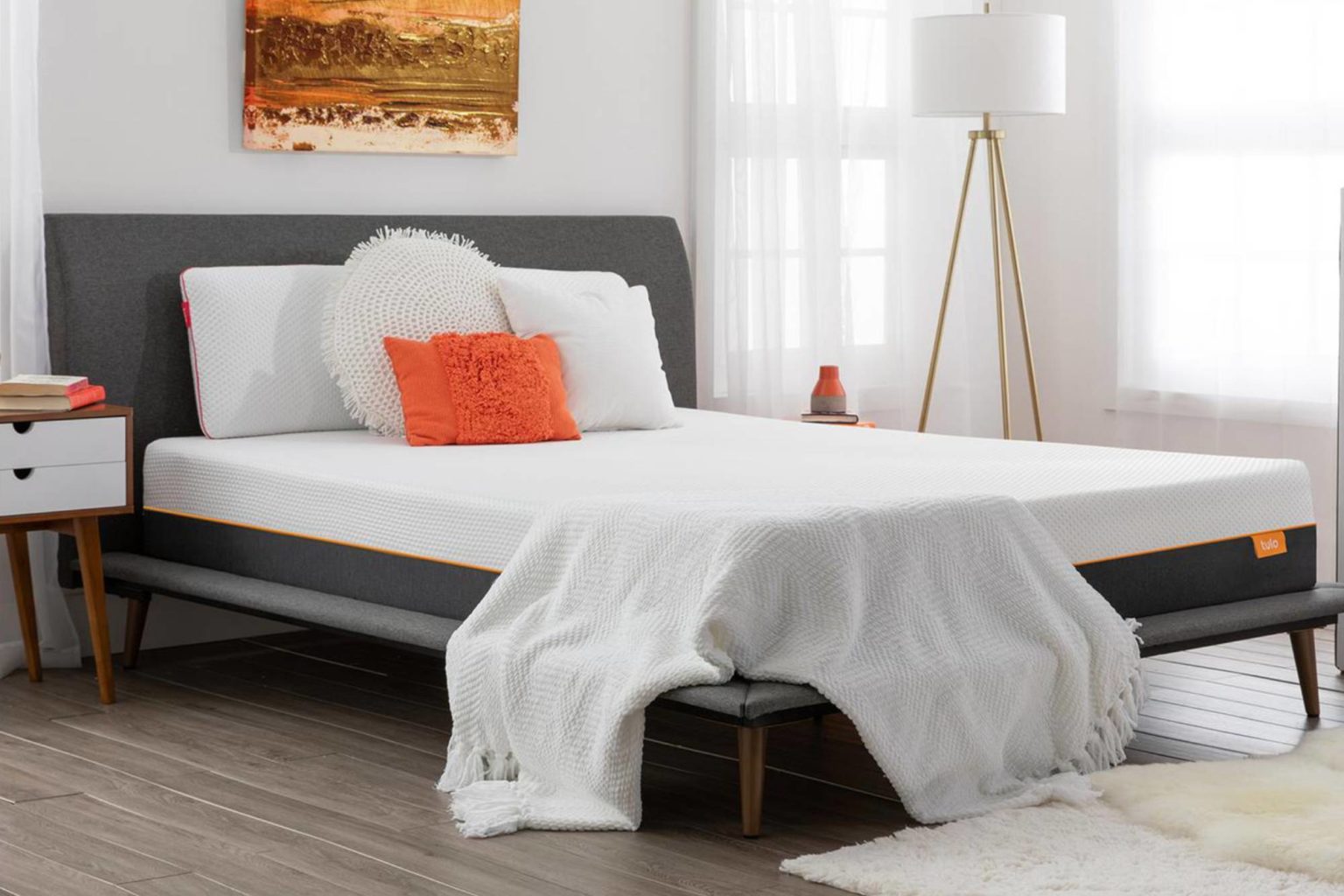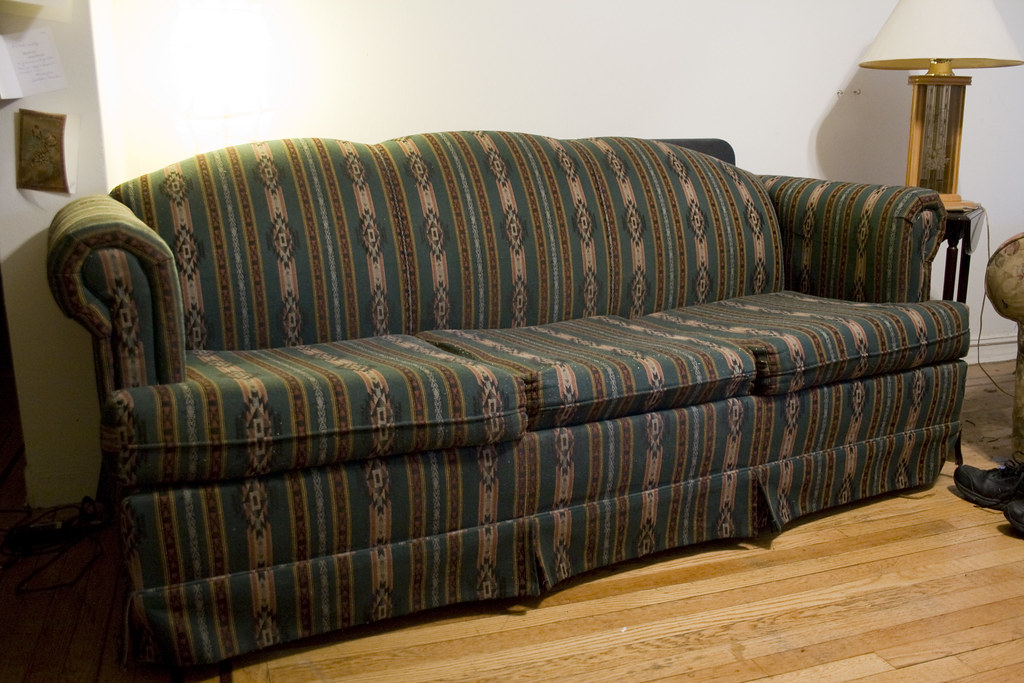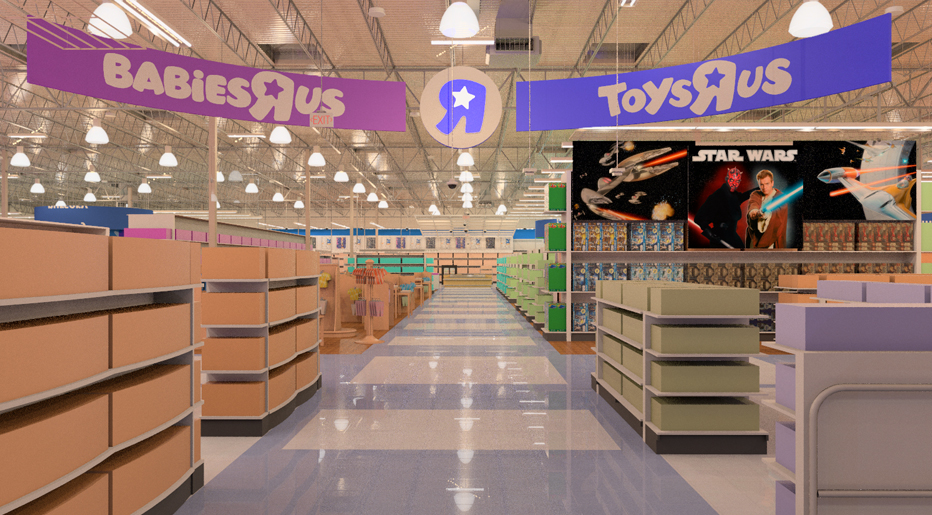When it comes to designing your living room, one of the most common questions is whether or not your furniture should match. Some people argue that matching furniture creates a cohesive and polished look, while others prefer mixing and matching for a more eclectic and personal style. So, should your living room furniture match? The answer is not so simple. Let's explore the pros and cons of matching furniture and how to find the right balance for your living room. Matching Furniture: Should Your Living Room Furniture Match?
Mixing and matching furniture is a popular trend in interior design, and for good reason. It allows you to express your personal style and create a unique and inviting space. To successfully mix and match living room furniture, start by choosing a common theme or color palette. This could be a specific style, such as modern or traditional, or a cohesive color scheme. From there, mix different pieces of furniture in varying sizes and shapes to create visual interest. Don't be afraid to incorporate different patterns and textures as well. Just be sure to keep the overall look balanced and cohesive. How to Mix and Match Living Room Furniture
If you decide to go for matching living room furniture, there are a few dos and don'ts to keep in mind. Firstly, do choose pieces that are of similar scale and proportion to create a balanced look. Don't go overboard with matching every single piece of furniture. Mix in some contrasting elements, such as different colors or materials, to avoid a cookie-cutter look. Another important tip is to avoid choosing all matching furniture from the same set. This can make your living room feel too uniform and lacking in personality. Instead, mix and match different furniture pieces from various collections to add depth and character to your space. The Dos and Don'ts of Matching Living Room Furniture
Matching living room furniture is important for a few reasons. Firstly, it creates a cohesive and well-designed look. When all of your furniture pieces match, it creates a sense of balance and harmony in the room. This can also make your living room feel more put together and thoughtfully designed. Additionally, matching furniture can make the space feel more spacious and organized, as there is a sense of continuity and flow. Why Matching Living Room Furniture is Important
If you decide to go for matching living room furniture, here are a few tips to keep in mind. Firstly, consider the style of your living room. If you have a more traditional space, opt for matching furniture in classic and elegant designs. For a modern or contemporary living room, look for sleek and streamlined matching furniture pieces. Additionally, think about the color palette of your room. Matching furniture in neutral tones can create a timeless and versatile look, while bold and colorful matching pieces can add a pop of personality to your space. Tips for Choosing Matching Living Room Furniture
Purchasing a matching living room furniture set can have its benefits. Firstly, it takes the guesswork out of designing your space. You can easily purchase a set that includes a sofa, loveseat, and chairs that all match perfectly. This can save you time and effort in choosing individual furniture pieces. Additionally, matching sets often come at a discounted price, making it a more budget-friendly option. The Benefits of Matching Living Room Furniture Sets
Creating a cohesive look with matching living room furniture is all about balance and attention to detail. Start by choosing a dominant color or pattern for your furniture, and then incorporate smaller accents of that color or pattern throughout the room. This could be through throw pillows, curtains, or decorative objects. Additionally, mix in some contrasting elements, such as different textures or materials, to add visual interest. This will prevent your living room from looking too monotonous and one-dimensional. How to Create a Cohesive Look with Matching Living Room Furniture
Matching living room furniture can have a significant impact on the overall design of your space. As mentioned before, it can create a cohesive and harmonious look, but it can also affect the mood and atmosphere of the room. For example, matching furniture in light and airy colors can make your living room feel more spacious and bright, while darker and more dramatic matching pieces can create a cozy and intimate atmosphere. Consider the overall aesthetic you want to achieve and choose matching furniture accordingly. The Impact of Matching Living Room Furniture on the Overall Design
Ultimately, the decision between matching or mixing living room furniture comes down to personal preference. Some people prefer the clean and cohesive look of matching furniture, while others enjoy the eclectic and creative feel of mixing and matching. The key is to find the right balance for your space. If you opt for all matching furniture, consider incorporating some contrasting elements to avoid a cookie-cutter look. And if you decide to mix and match, keep a common theme or color palette in mind to maintain a cohesive look. Matching vs. Mixing: Finding the Right Balance for Your Living Room Furniture
Color and pattern play a significant role in matching living room furniture. When choosing matching pieces, consider the colors and patterns that work well together. For a more cohesive look, stick to a similar color palette and avoid mixing too many patterns. However, don't be afraid to add pops of color and pattern to your space through accents and accessories. This will add visual interest and personality to your living room furniture. The Role of Color and Pattern in Matching Living Room Furniture
Why Your Living Room Furniture Should Match: Creating a Cohesive and Harmonious Space
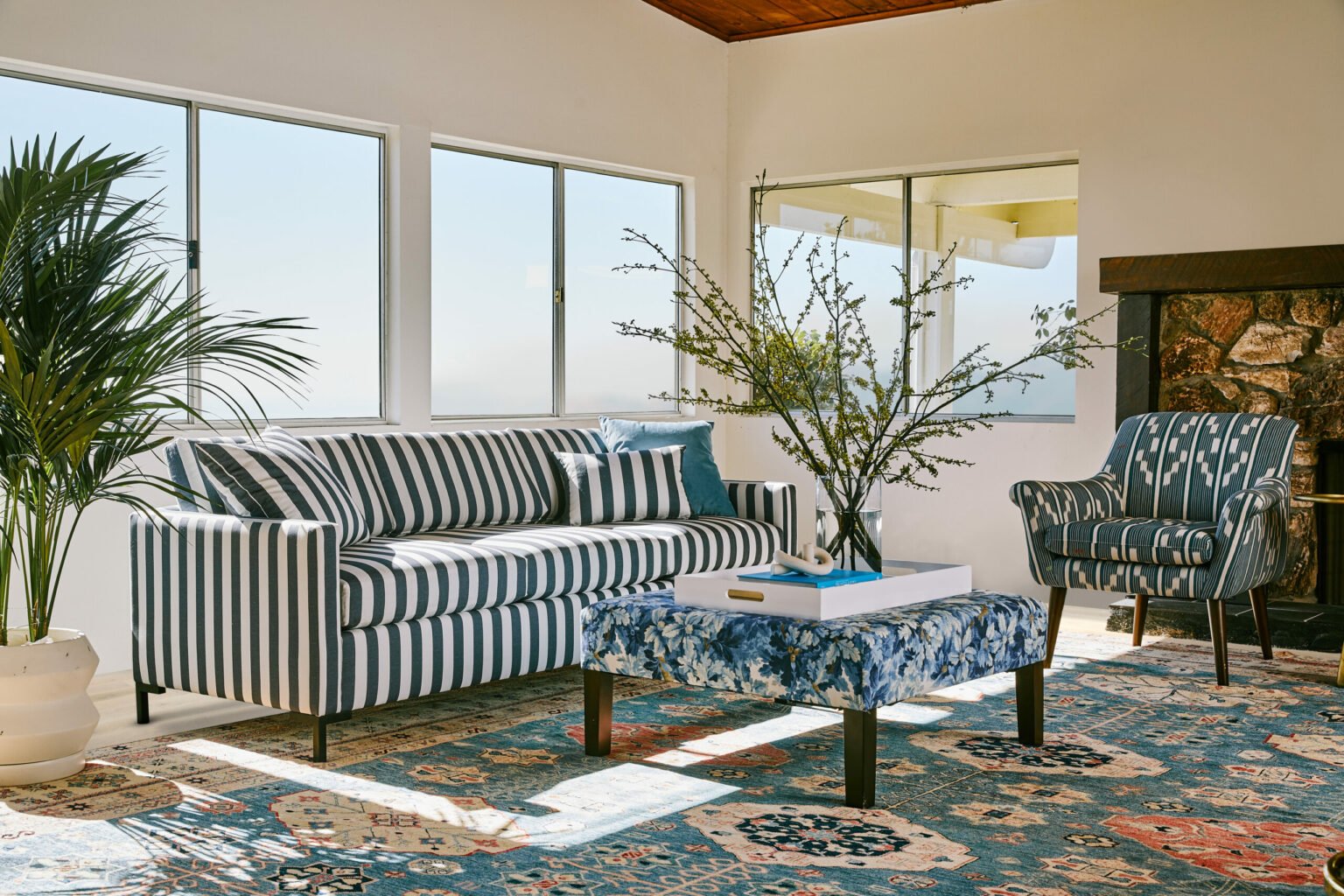
The living room is often considered the heart of a home, where family and friends gather to relax and spend quality time together. As such, it is important to create a space that is not only functional but also visually appealing. One of the key elements in achieving this is by having matching furniture in your living room. Many homeowners wonder if it is necessary for their living room furniture to match or if they can mix and match different pieces. In this article, we will explore the benefits of having matching furniture in your living room and why it is worth considering for your house design.
The Power of Cohesion

Matching furniture in your living room creates a sense of cohesion and harmony in the space. When all the pieces of furniture complement each other in terms of style, color, and design, it creates a visually pleasing and put-together look. This can make your living room feel more inviting and comfortable for both you and your guests. On the other hand, mixing and matching furniture can often result in a cluttered and disjointed appearance, which can be overwhelming and unappealing.
A Balanced Aesthetic
Having matching furniture also helps to create a balanced aesthetic in your living room. This means that each piece of furniture serves a purpose and works together to create a cohesive look. For example, if you have a matching sofa and armchair set, they will complement each other and create a sense of balance in the room. This is especially important in smaller living spaces, where too many different pieces of furniture can make the room feel cramped and disorganized.
Effortless Design Decisions

Another benefit of having matching furniture in your living room is that it makes design decisions easier. When all your furniture pieces match, you don't have to spend time and energy trying to figure out which pieces go well together. This can be particularly helpful for homeowners who may not have a strong design sense or for those who are short on time. You can easily create a cohesive and stylish living room by simply choosing a matching furniture set.
Creating a Focal Point
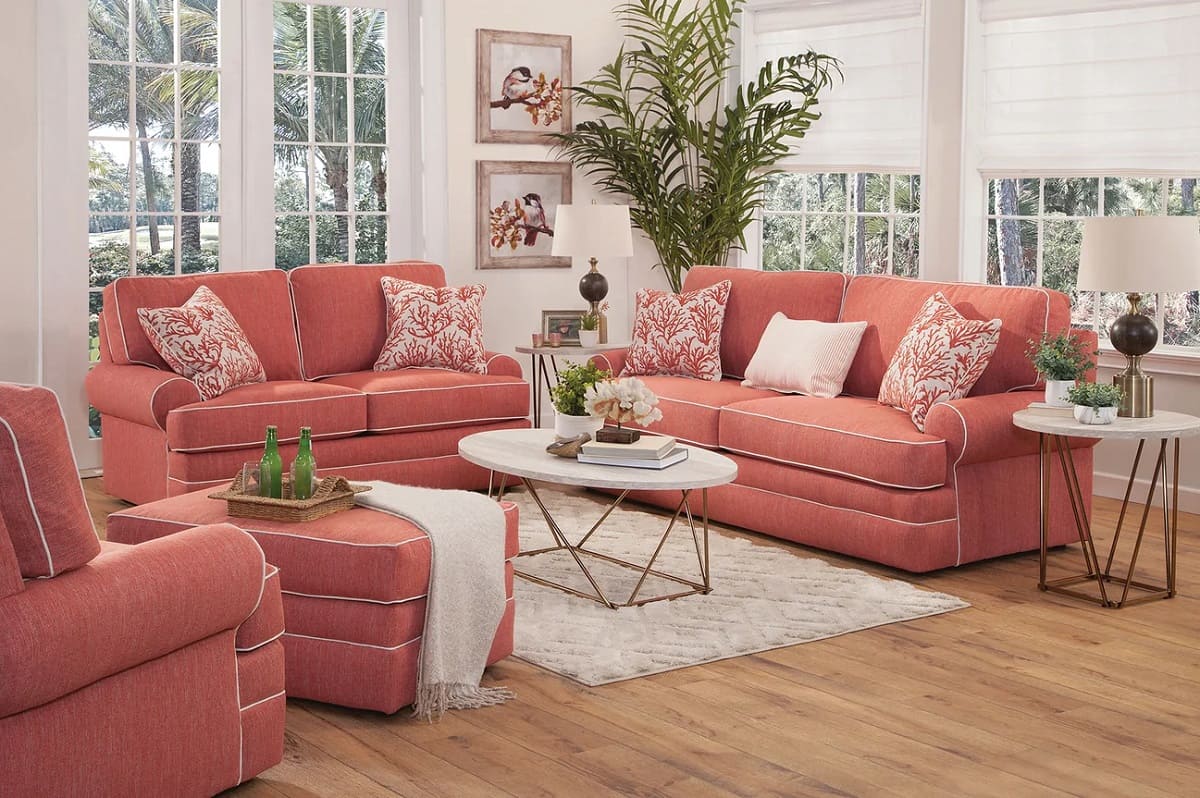
Matching furniture can also help to create a focal point in your living room. This is especially true if you have a statement piece, such as a bold-colored sofa or a unique coffee table, that stands out among the other matching pieces. This can add visual interest and personality to your living room, making it a more interesting and inviting space.
In conclusion, while there is no right or wrong answer to whether your living room furniture should match, there are certainly benefits to having matching pieces. It creates a sense of cohesion, balance, and effortless design decisions, while also allowing for the creation of a focal point in the room. When designing your living room, consider the advantages of having matching furniture to create a cohesive and harmonious space.
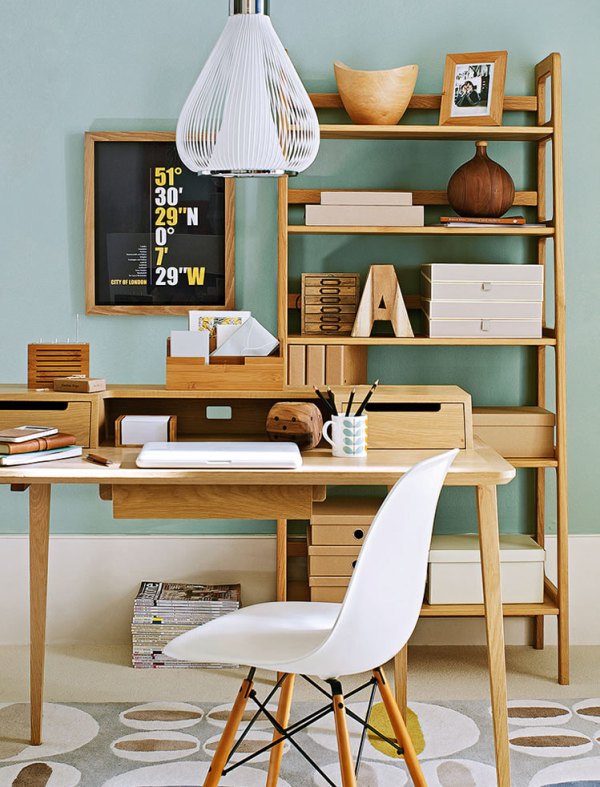

















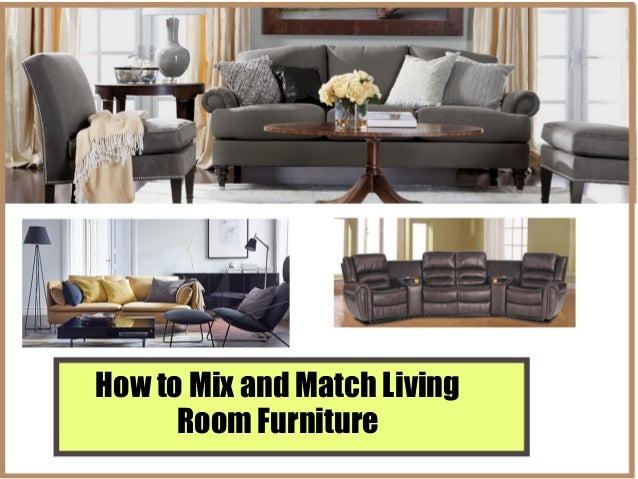
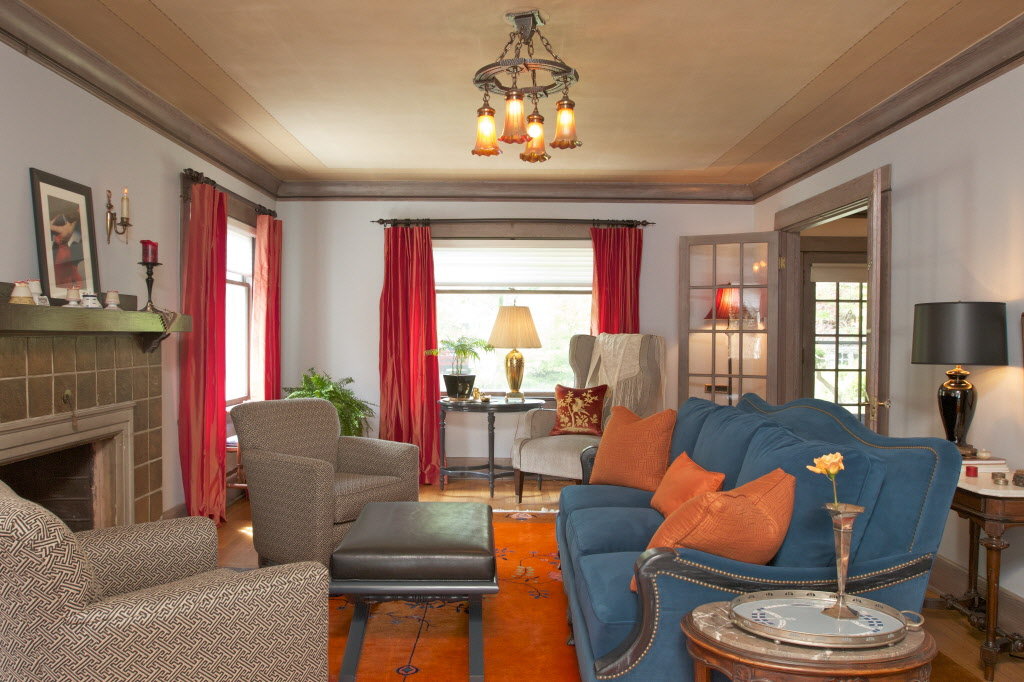



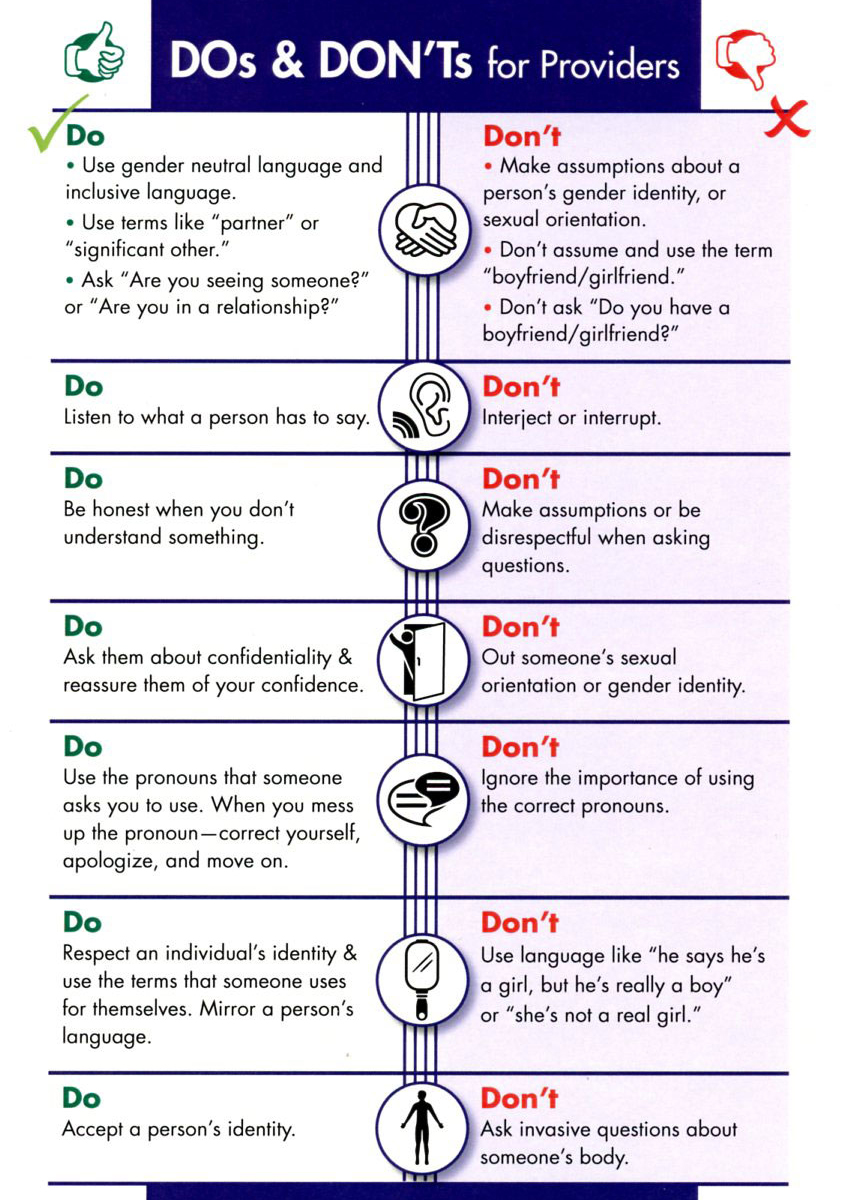



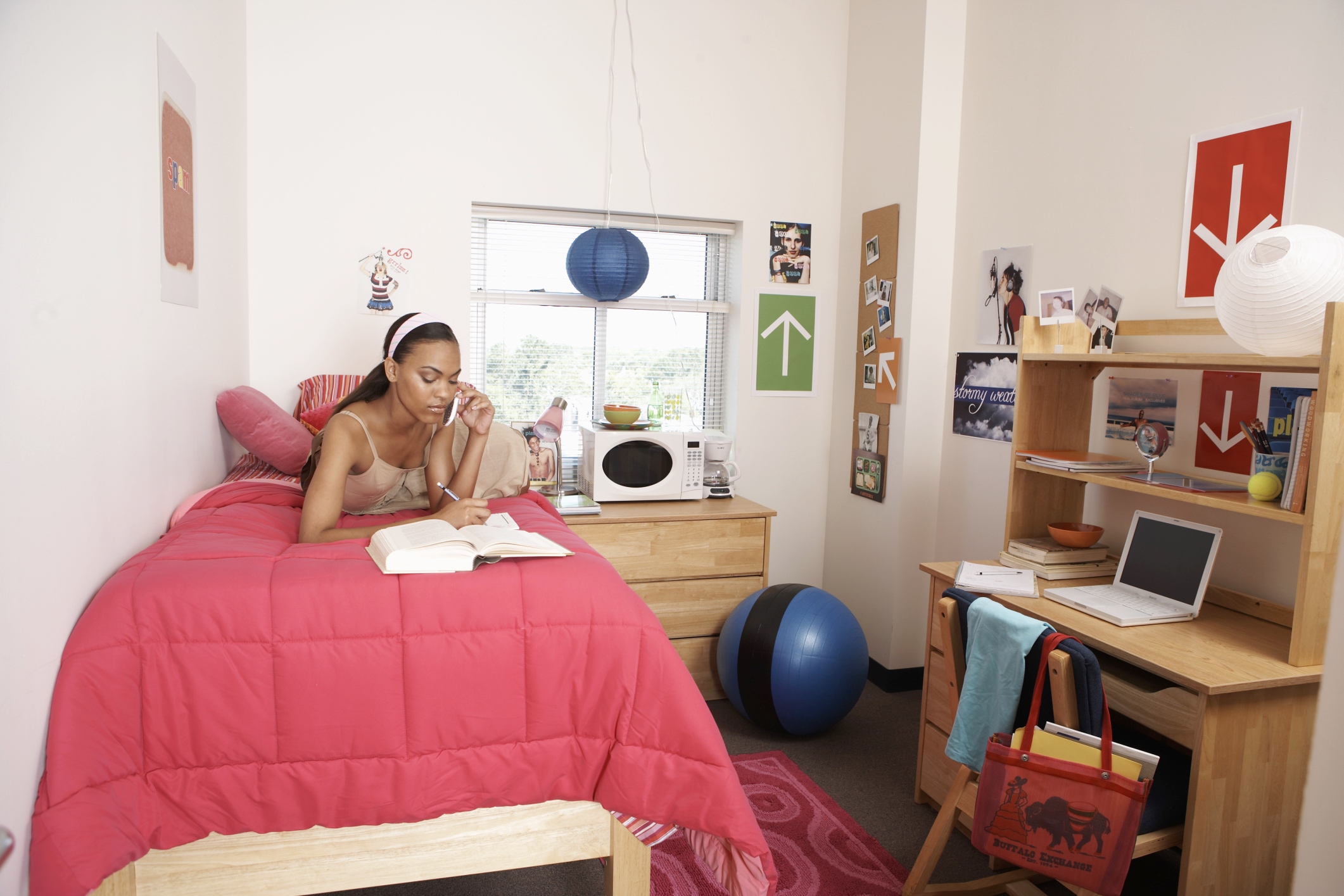



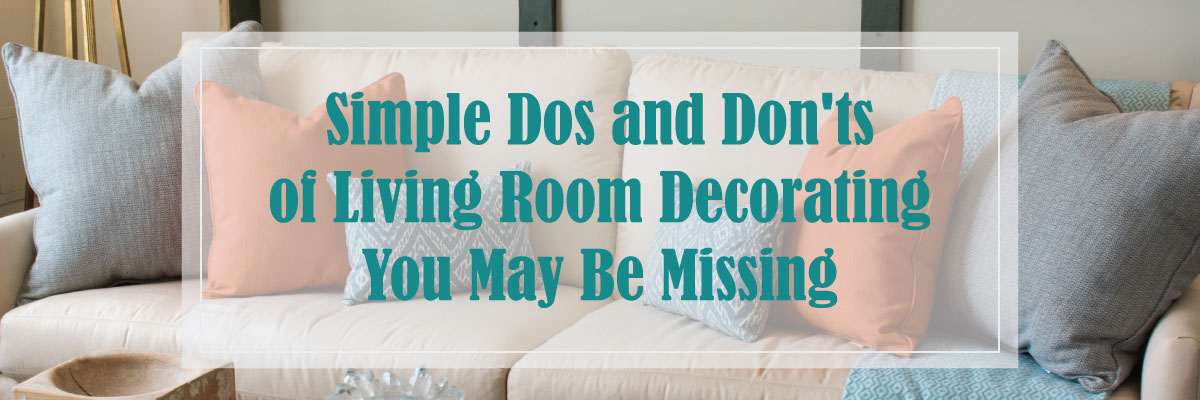
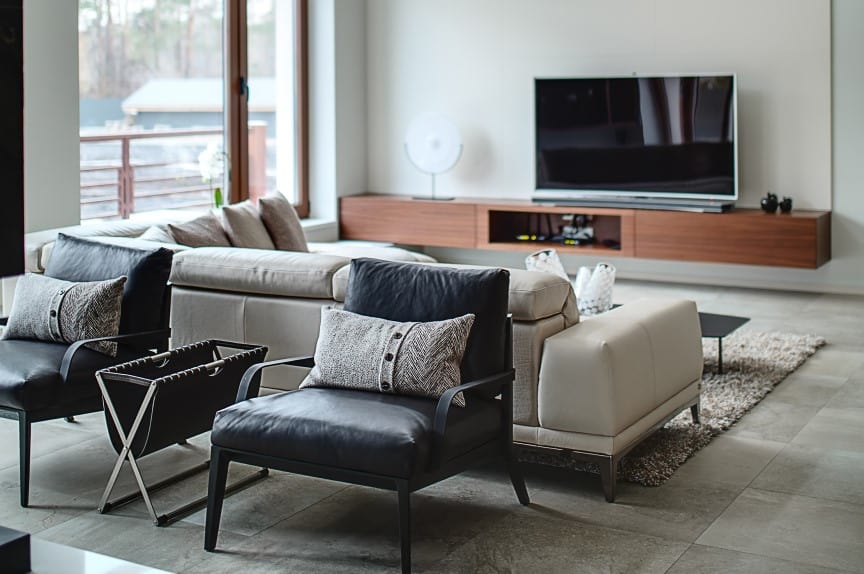


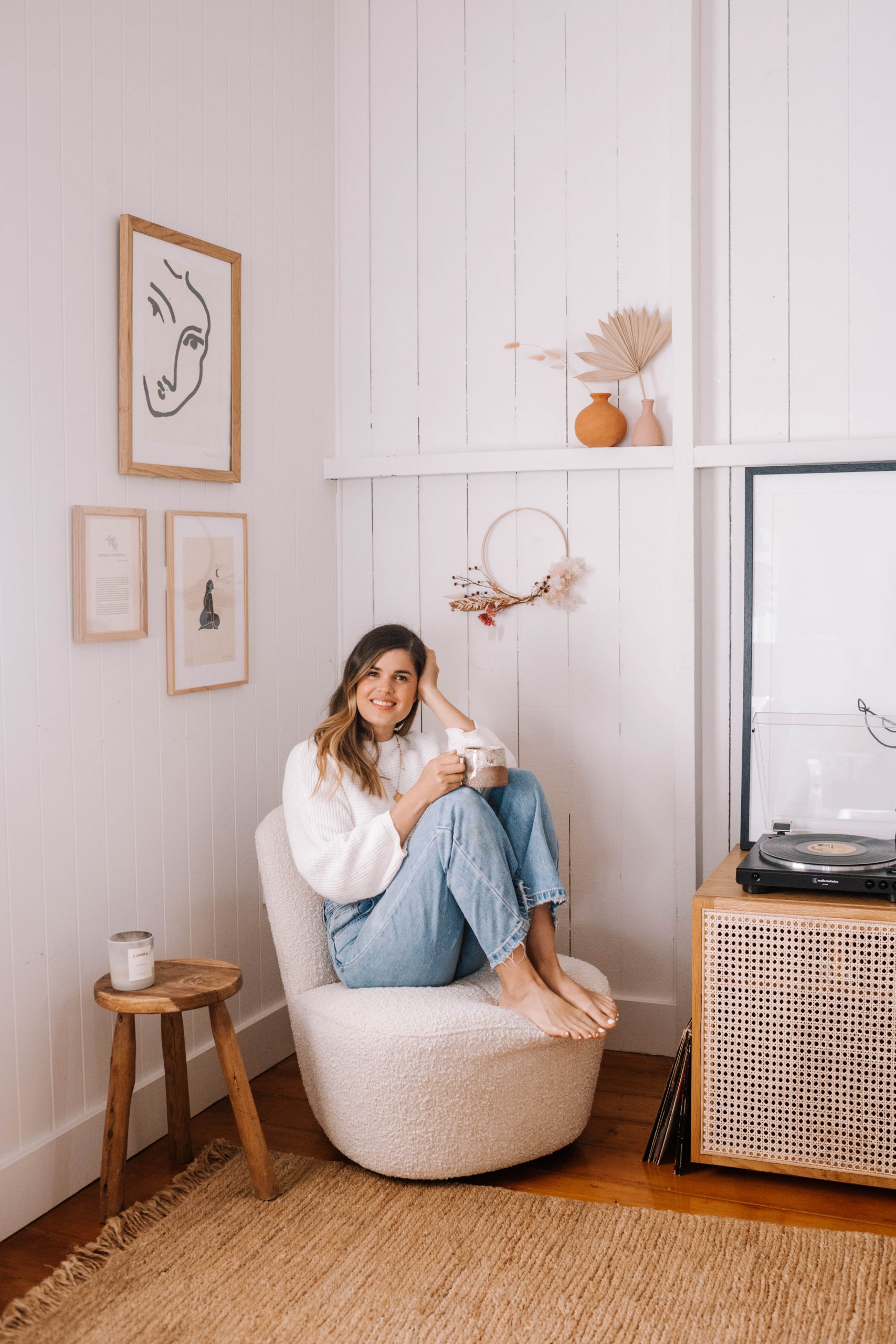

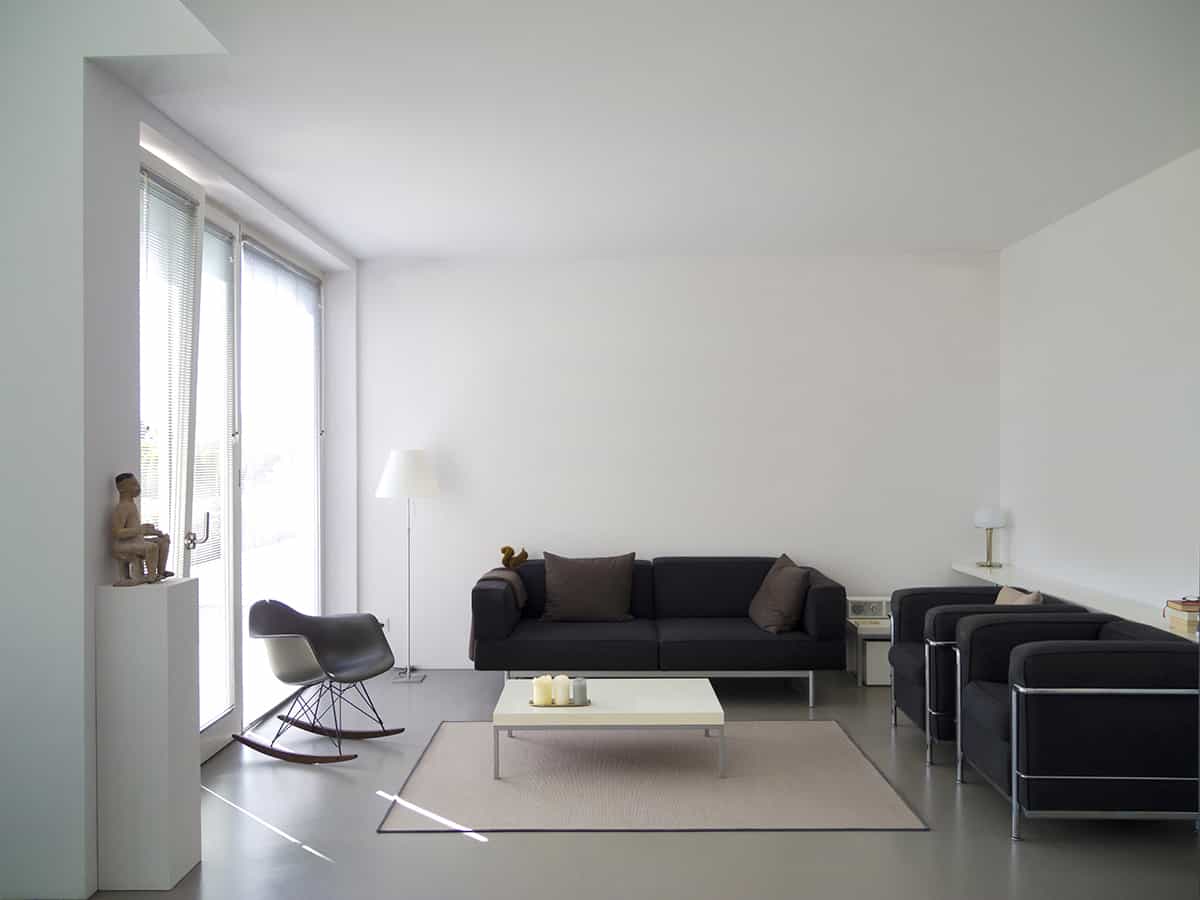

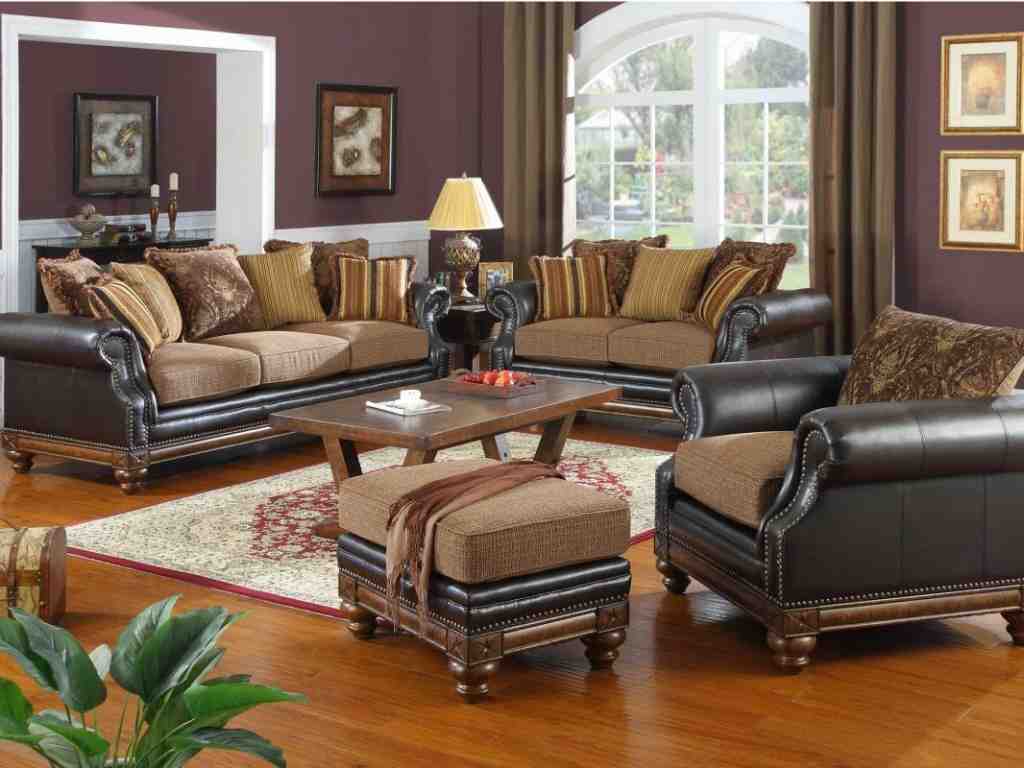
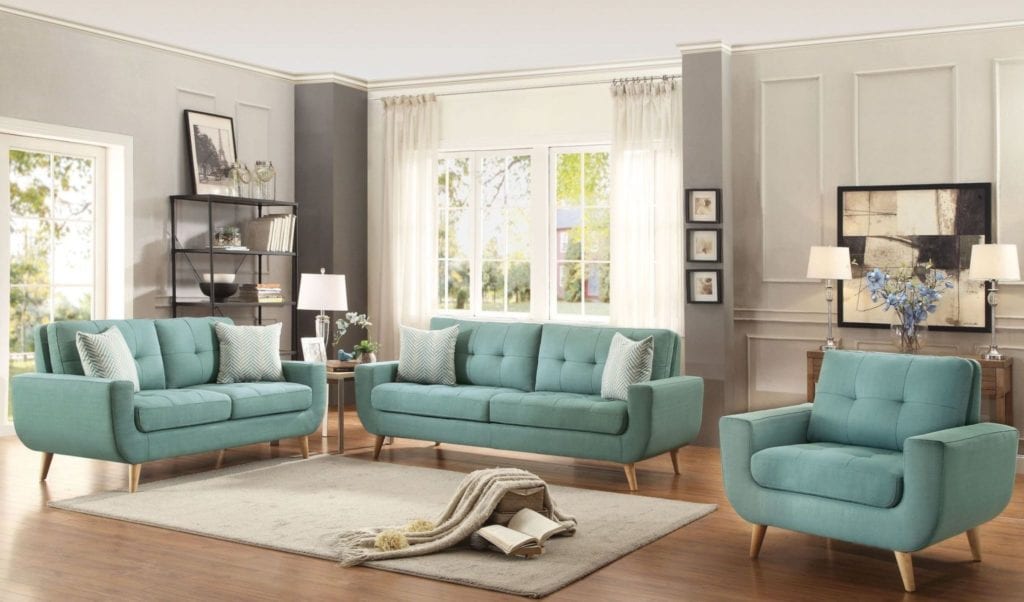

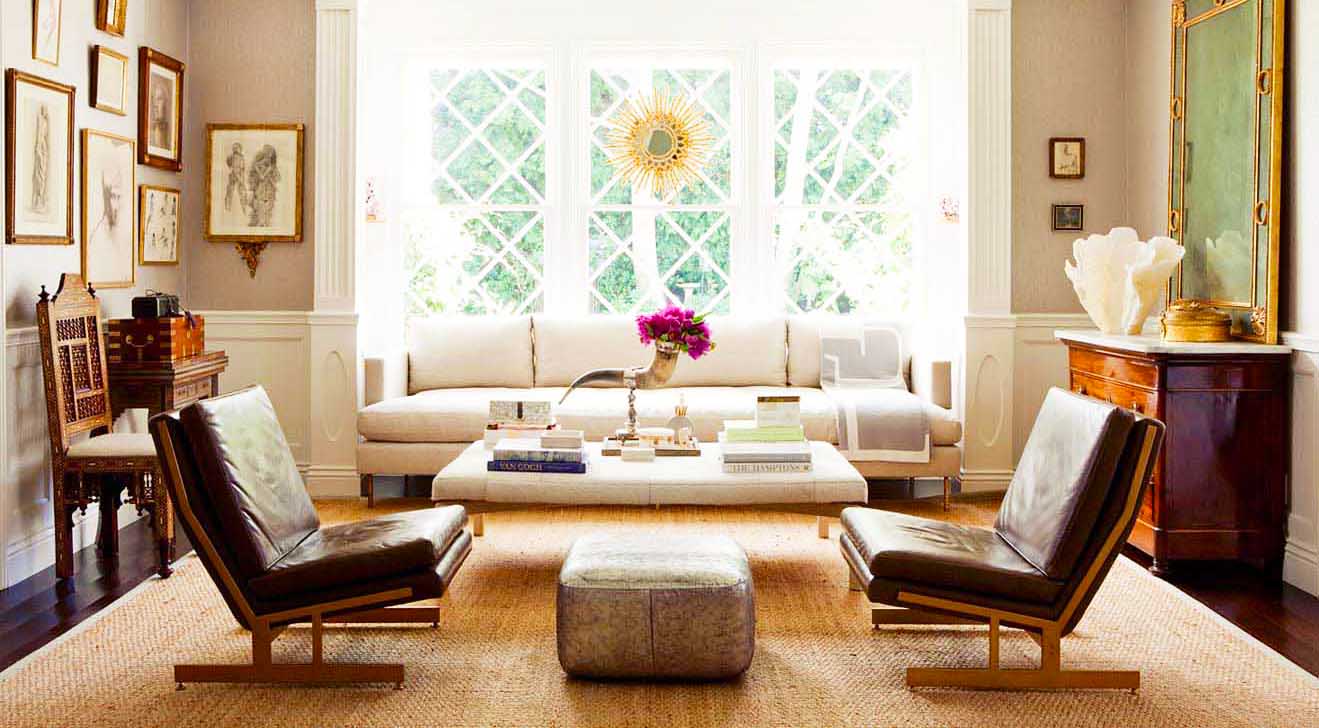
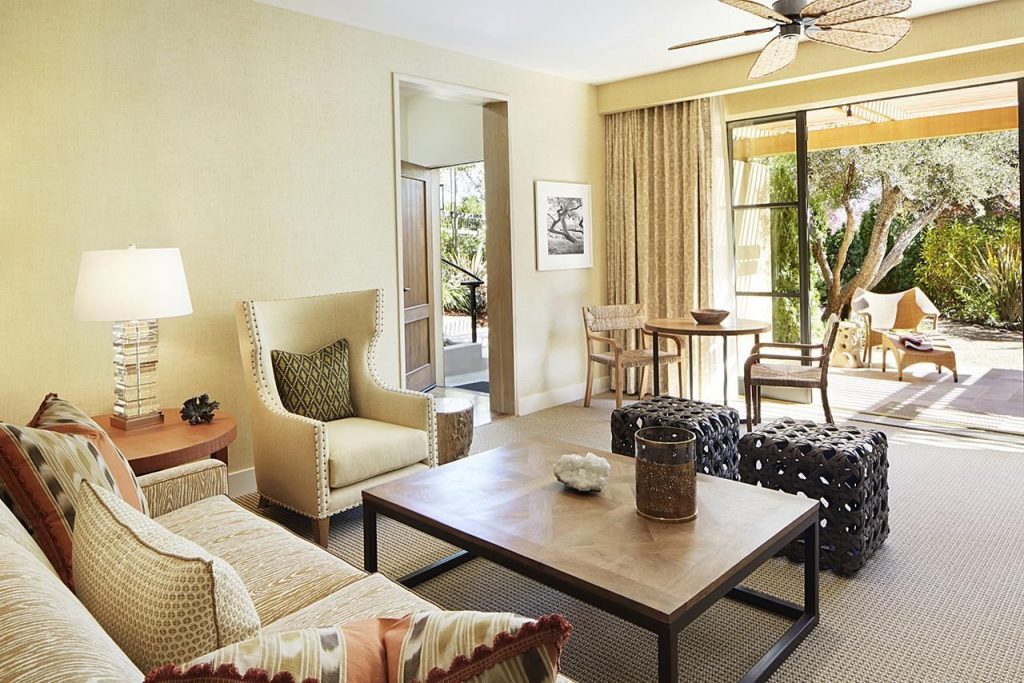


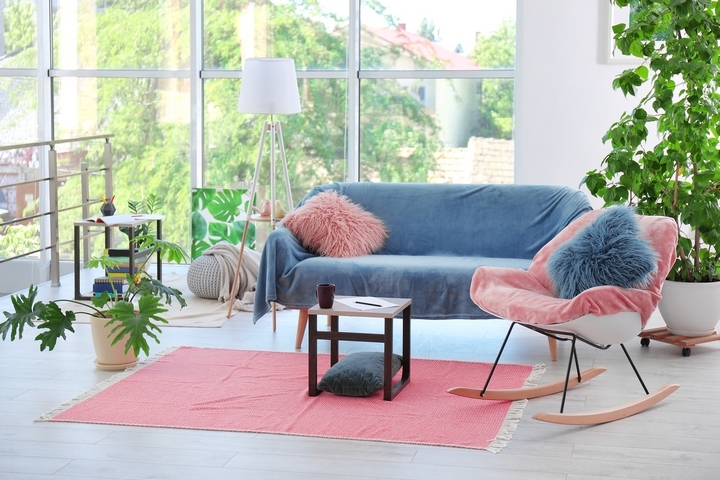


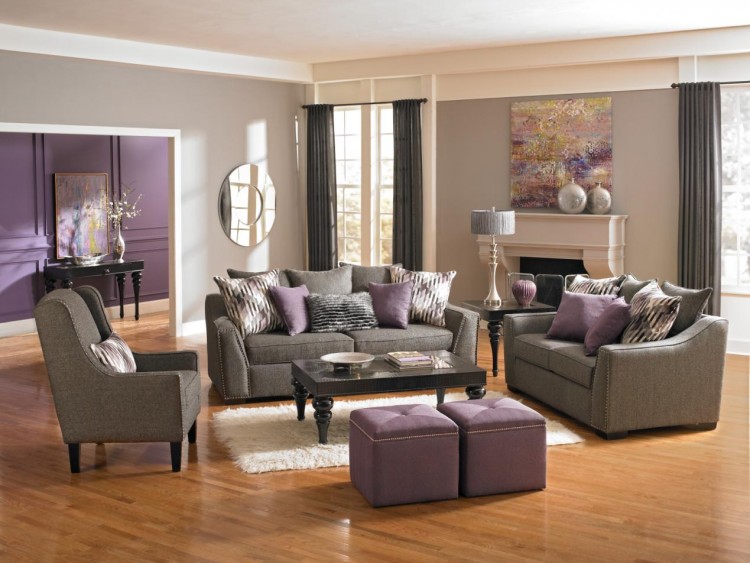


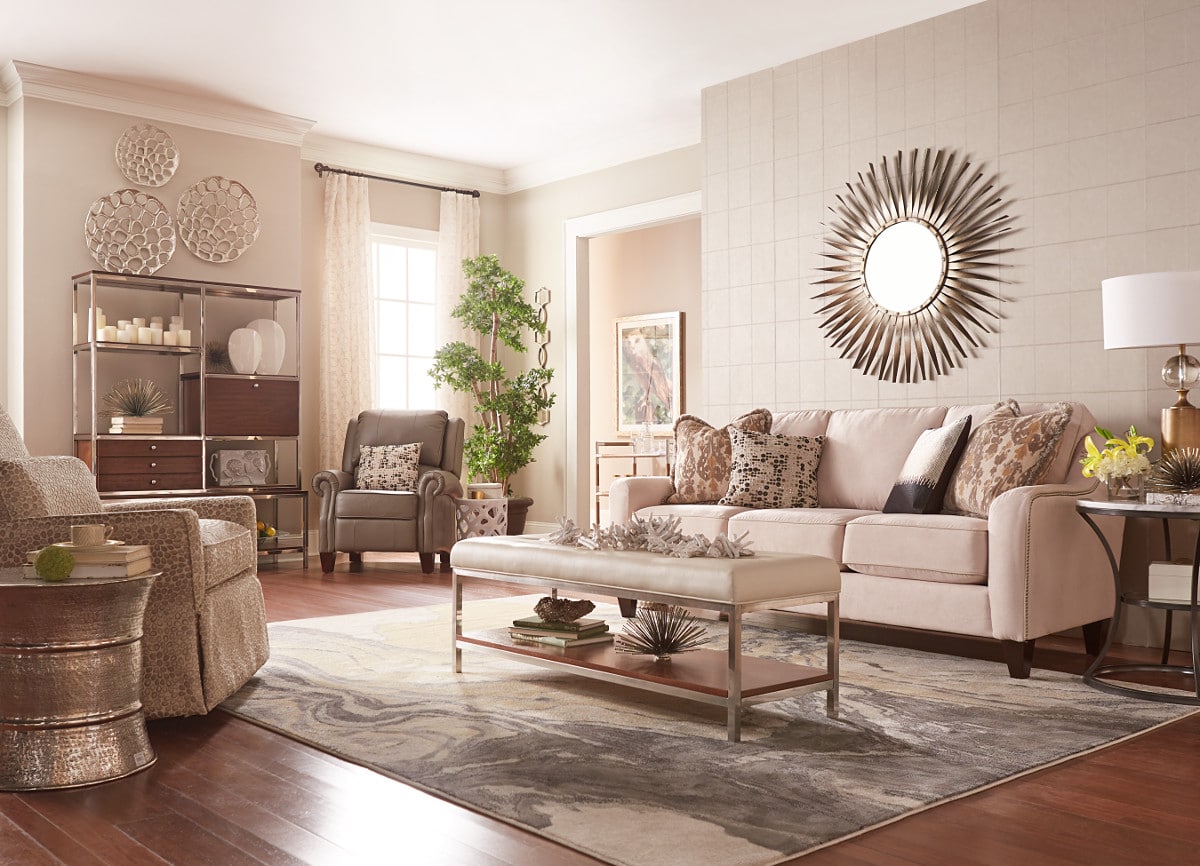



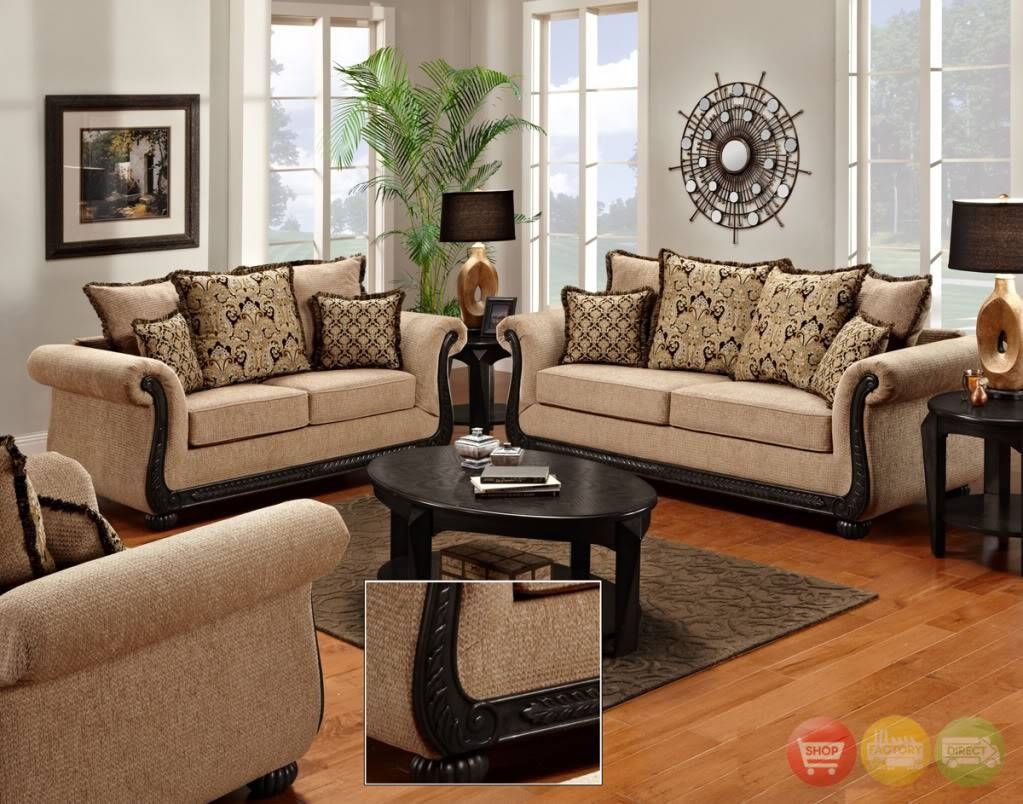









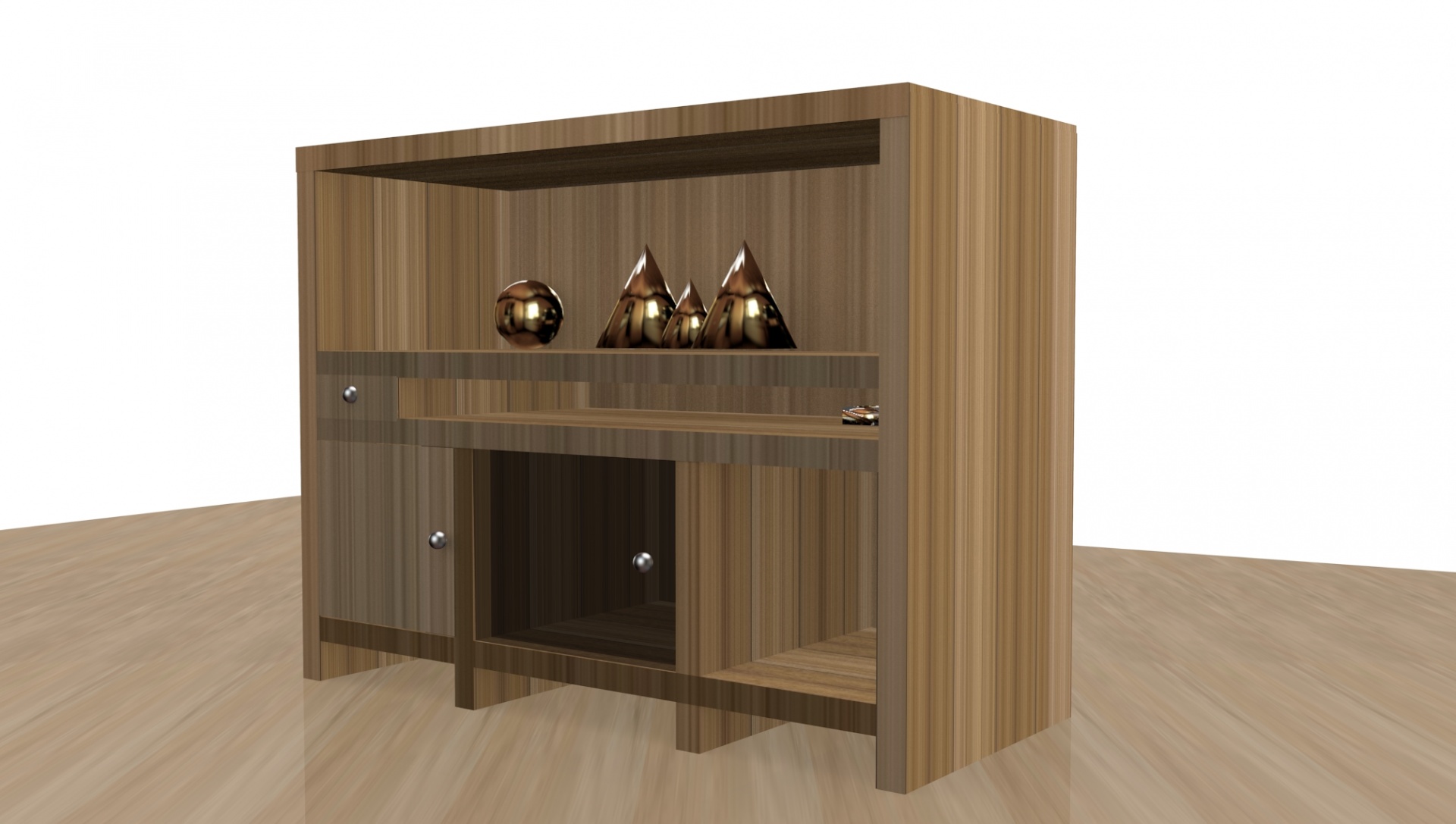
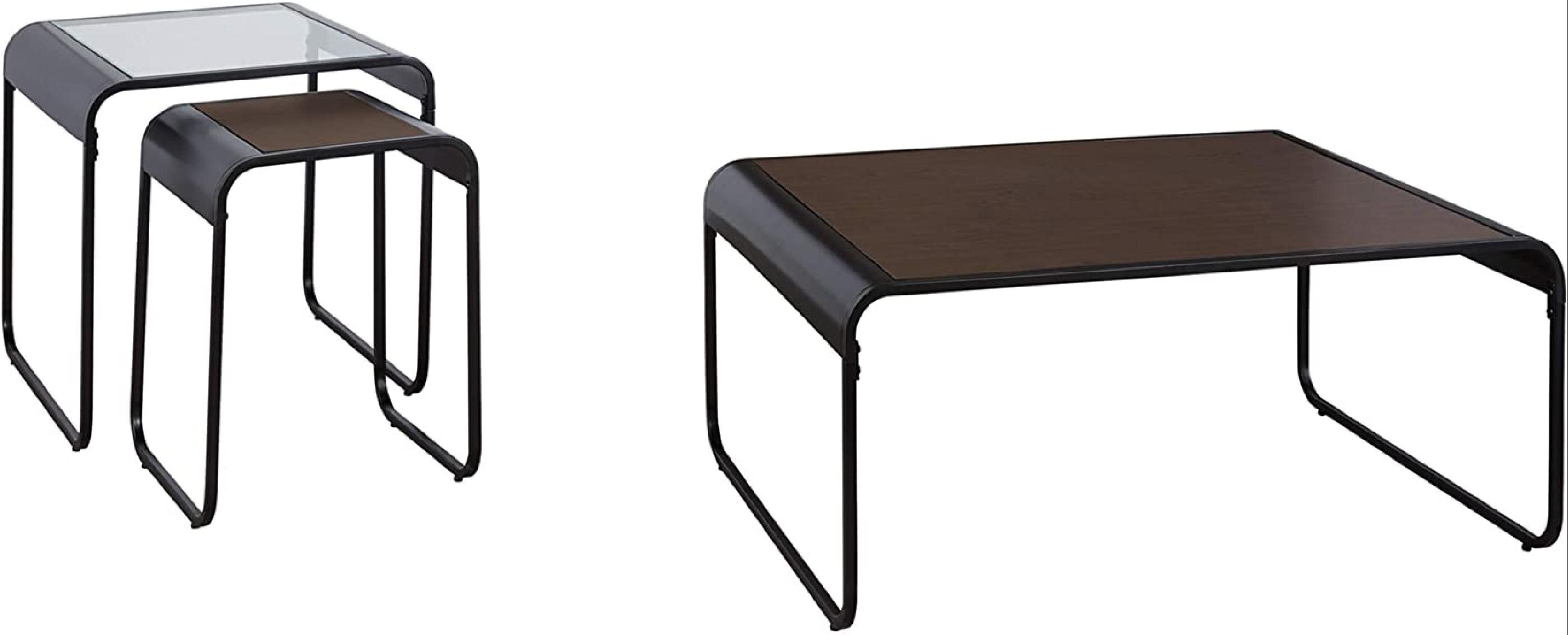




/grey-walls-turquoise-furniture-8005b71f-0f466e27e01c41edac57c4de38d4d8be.jpg)





